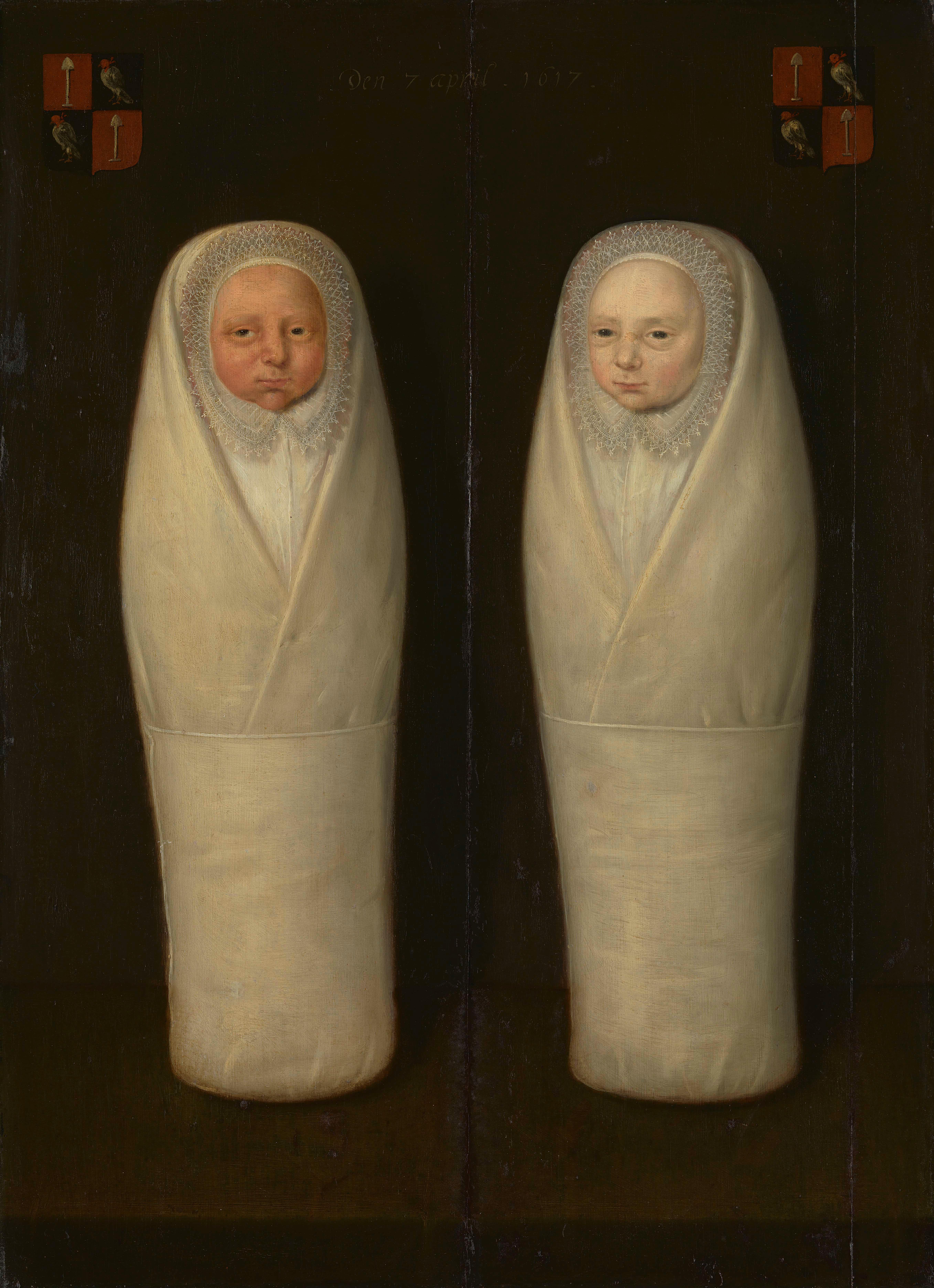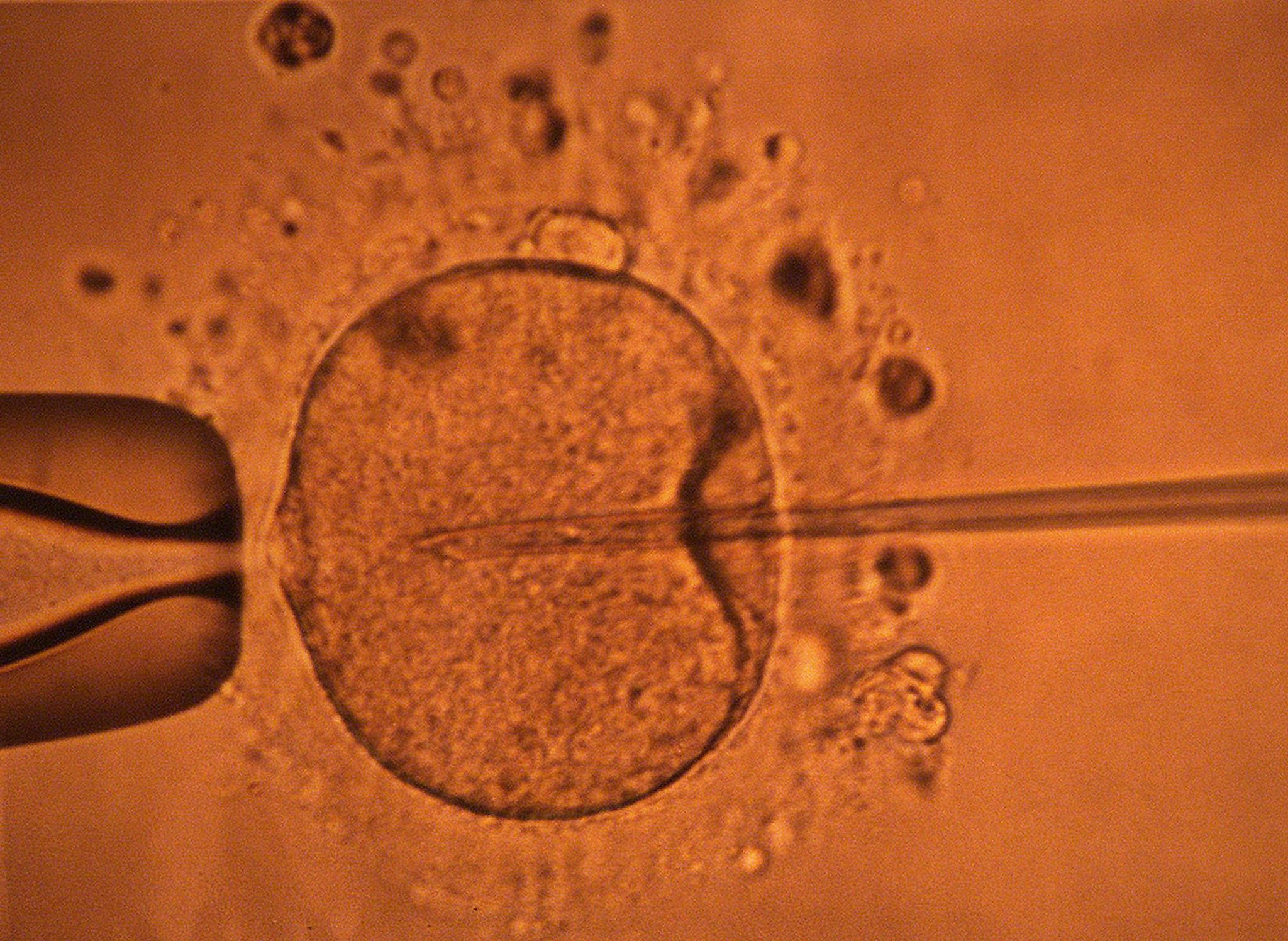Study: Smoking weed while pregnant lowers infant birth weight

Africa Studio/Shutterstock
- A new study suggests that smoking weed during pregnancy reduces birth weight and gestational age.
- The study follows on the heels of several others suggesting that marijuana has a variety of negative side effects.
- Despite this, many people still consider marijuana to be harmless.
A new study out of Australia has confirmed that smoking marijuana during pregnancy leads to a variety of neonatal issues. These findings, published in the Medical Journal of Australia, were found to endure even after accounting for a variety of other factors and add to a growing pile of studies suggesting that marijuana is not as harmless as many people believe.
The study worked with 5628 pregnant women in Australia, New Zealand, Ireland, and the United Kingdom who were also part of a separate study investigating the relationship between marijuana use and pregnancy complications. These women had their demographic information, lifestyle characteristics, and medical history collected by a midwife.
All participants were asked if they ever smoked marijuana and, if so, if had they smoked it at any point during their pregnancy. Those who did smoke were further asked how many times a week they partook. Similar questions were asked for alcohol and tobacco usage. The midwives also recorded socio-economic data, noted if the test subject had used other illicit drugs during their pregnancy, and administered tests checking for depression and anxiety. After the test subjects gave birth, the midwives recorded infants’ size and weight.
The babies born to women who smoked past the 15-week point in their pregnancies had lower birth weights, head size, body length, and lower gestational age. The reductions were comparable to the known effects of an expecting mother smoking nine cigarettes a day. These effects were more dramatic for children born to mothers who smoked more frequently. The risk of infant death and the rate of severe infant morbidity increased with the frequency of smoking as well.
Women who stopped smoking before the 15th week gave birth to babies with similar measurements to those born to women who did not smoke.
The evidence behind these findings remained even after factoring for tobacco and alcohol usage. While those lower on the socio-economic scale were more likely to continue smoking during pregnancy than others, their lower social standing was found to have no direct relation to birth outcomes.
The study was not without limitations. The number of women who reported continuing to smoke throughout their pregnancy was comparatively low, though not so small as to reduce the validity of the findings.
The researchers only looked at the number of times a person smoked and not at the potency of the marijuana or how it was consumed. They also looked at the effects of taking other illicit substances, but the number of women taking them was low enough to make serious investigation impossible during this study.
Perhaps most importantly, the study did not investigate what mechanism is at work. It could be simple carbon monoxide production by the act of smoking cutting down on oxygen that is getting to the fetus, as with tobacco smoking. Or it could be that the chemicals in marijuana were affecting the fetus. This is an area where further research is needed.
Jason Silva: Marijuana Legalization is a Huge Win for Civilization
The first take away here is that you shouldn’t smoke weed while pregnant. The second is that it might not be too late to stop.
Previous studies have suggested that a lower gestational age at birth is associated with lower literacy later in life and that children in families with lower social standing start behind their wealthier peers in literacy tests. The finding here that lower-income women are more likely to smoke during pregnancy suggests that their children may be subject to particular difficulties.
The study is yet another one suggesting that marijuana isn’t as harmless as many people suppose. The drug is known to cause memory trouble, anxiety, and increase the risk of psychotic symptoms. Previous studies similar to this one already hinted at the effects of smoking on the newly born. This one didn’t break new ground so much as remove hidden variables in previous experiments on the same subject.
Despite this, up to a third of women think marijuana can’t harm a gestating fetus, and the popular conception of the drug has yet to incorporate notions of its various adverse side effects.
Perhaps the take away for those who are not or cannot become pregnant is that marijuana isn’t completely harmless and should be interacted with as such.





